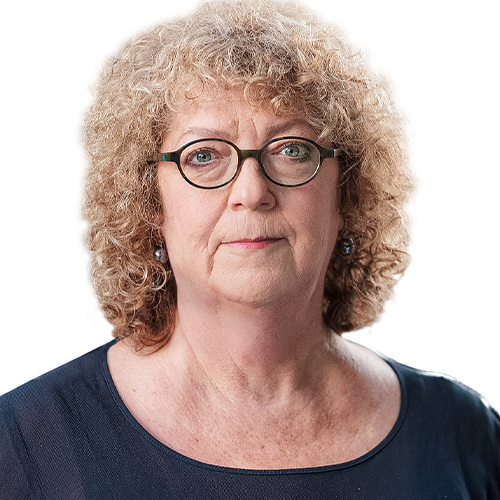Adrian James Leason, Peter Reginald Murnane and Samuel Peter Frederick Land, were acquitted by a district court jury in March last year on charges of burglary and intentional damage after using as a defence that they believed the act was lawful and that they believed by damaging the dome they could prevent harm to civilians in Iraq and Afghanistan.
But Judge Gendall said that although he accepted the defendants had been motivated by genuine belief, they were effectively inviting the court to authorise their general right of self-help in their activities at Waihopai.
"At one level this might be seen simply as a mask for anarchy."
They were charged after breaking into the Government-owned installation at Waihopai in Marlborough which is used by the Government Communications Security Bureau to intercept satellite communications.
The intelligence is shared with the United States, Australia, Canada and Britain.
They cut through two security fences using bolt cutters and cut an electric fence, then two of them made cuts in the inflated cover of one of the dishes, called a radome.
The judge said yesterday that the notion that the court might exonerate vigilante action was highly problematic and could lead to unacceptable precedents, for example:
Anti-abortionists may be exonerated after burning down a house they suspected was operating as an abortion clinic on the basis they said it was to preserve the lives of unborn children.
"Interested" neighbours might "torch" with impunity a building under suspicion that it was being operated as a drug producing "tinnie house" and thus affecting the lives of neighbourhood children.
